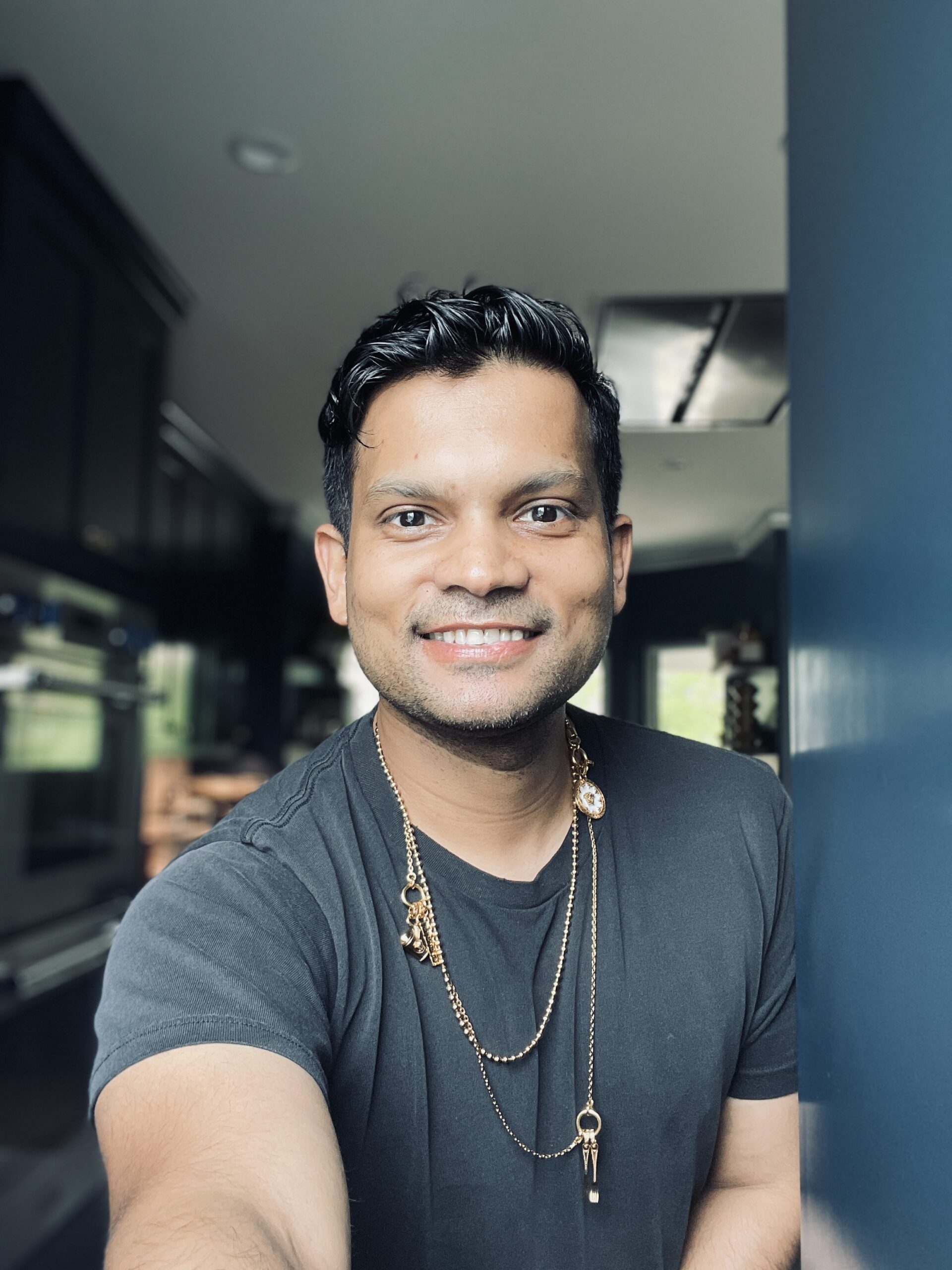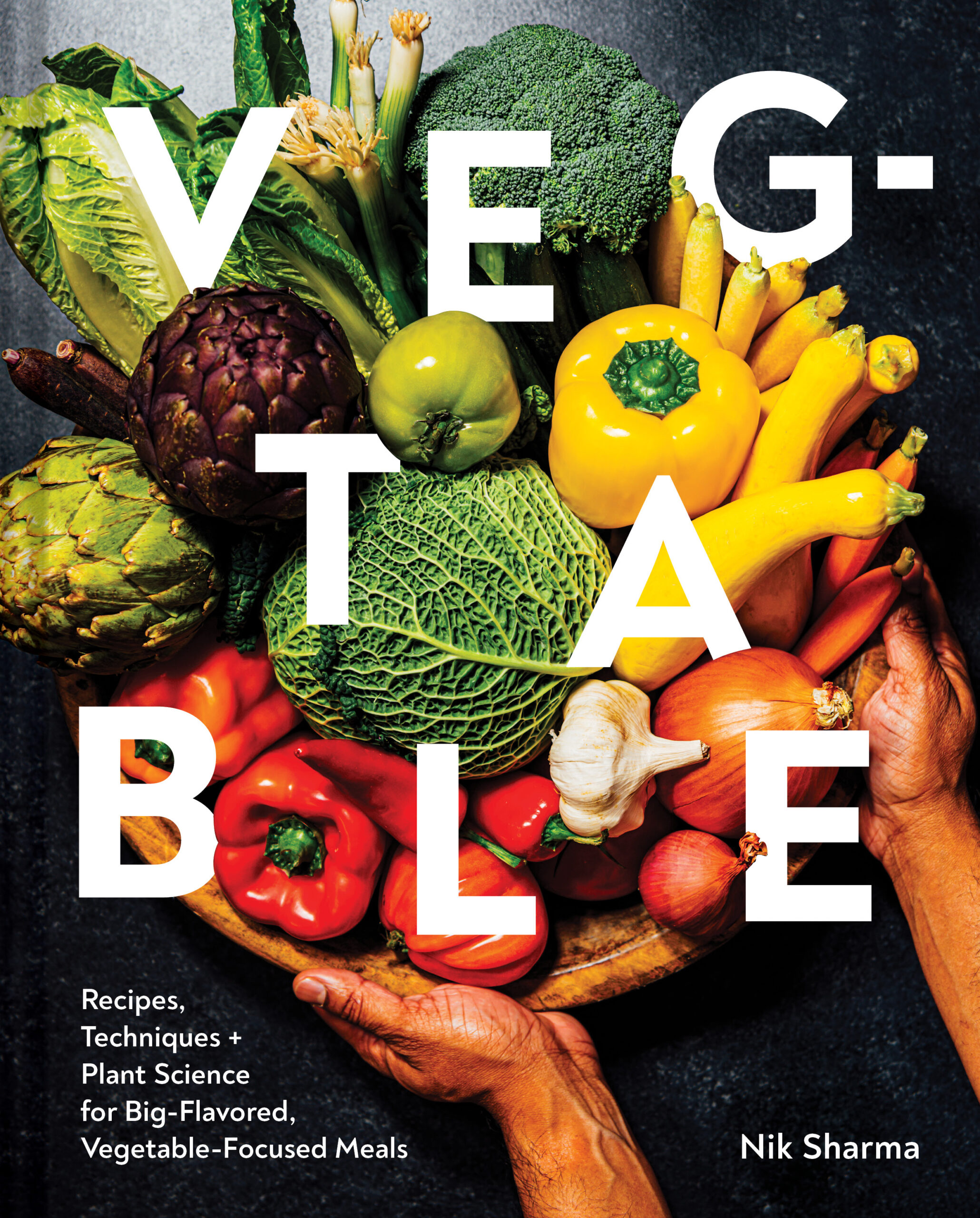
For some inexplicable reason, I’ve assumed that baking a cake in a new oven is the best way to break it in and bring good luck to future bakes and roasts. It’s like a bottle of champagne smashed against a ship about to sail for the first time. Is there some logic to my superstition? I can’t remember where I picked up this strange idea. The first dish I cooked in the oven, wasn’t a dessert; it was a dish of chicken and brussels sprouts. No cake. Last week, I finally remedied the situation to avoid any potential oven bad luck, and only time will tell if this cake will bring my oven (and me) good luck.
Enter the bundt cake.
What Makes A Bundt Cake Special?
Nostalgia and memories aside, I think there is one important reason we’re drawn to bundt cakes. Bundt cakes are an easy way to make a simple cake look fancy. Even an ordinary cake baked in a bundt takes on a majestic shape defined by those characteristic repeated geometric patterns making it look elegant.
I own a few bundt pans (not too many), some that I’ve purchased and others that I’ve found at thrift stores. Nothing too complicated in the looks department. I usually stick to the simpler molds, and in general, I find that the more convoluted and twisted the bundt pan shape, the trickier it becomes to get the cake out in one piece. No one wants to deal with one half of the cake stuck inside the pan; it can bring you to tears (I’m speaking from experience).

Releasing Bundt Cakes
To help with a trouble-free cake release, I do two things. I first grease the insides of the bundt pan with butter and then sprinkle sugar all over. After the cake bakes, I let the cake rest in the pan for 5 minutes. The steam emanating from the sides of the hot cake will help with release. I’ve never liked using butter and flour, the flour not only leaves white marks on the baked cake, but the taste of uncooked flour on the cake is unpleasant. Sugar, on the other hand, caramelizes during baking and enhances the flavor of the cake.
Print
A Chai and Spice Bundt Cake with Marmalade For Tea
5 Stars 4 Stars 3 Stars 2 Stars 1 Star
No reviews
Besides making masala chai, chai masala is also fantastic for baking. In this bundt cake, the combination of black tea leaves and spices gives the cake a sweet fragrance, and every slice of cake takes on a speckled appearance from the tiny bits of tea leaves. Marmalade takes the role of icing and gives this simple cake a glamorous look.
- Yield: 9 to 12 servings
Ingredients
1 cup plus 2 Tbsp/250 g unsalted butter, softened to room temperature plus 1 Tbsp to grease the bundt pan
1 ½ cups/300 g sugar plus 1 tsp to dust the bundt pan
2 ½ cups/350 g all-purpose flour
3 ¾ tsp baking powder
1 ½ Tbsp Assam or Darjeeling loose tea leaves, finely ground to a powder
2 ½ tsp chai masala, homemade or store-bought
½ tsp fine sea salt
4 large eggs, at room temperature
1 cup orange or bergamot marmalade
Instructions
- While the oven preheats, place 1 Tbsp of the butter inside the bundt pan and place the pan in the oven. As soon as the butter melts, remove the pan from the oven, and using a pastry brush, brush the butter all over the insides of the pan. The butter will melt quickly depending on how hot the oven is, so pay careful attention. Make sure to get into those deep creases when brushing. Leave the bundt pan on a wire rack to cool to room temperature. Once cooled, the butter will firm up a little but still be spreadable. Butter that collects at the base of the bundt pan can be reapplied to the sides. Sprinkle the inside of the cake pan with 1 tsp of sugar and shake the bundt pan to coat well.
- In a large bowl, dry whisk the flour, baking powder, tea leaves, chai masala, and salt together.
- Using the paddle attachment, cream the 1 cup plus 2 Tbsp/250 g butter and 1 ½ cups/300 g of sugar together over medium speed until pale yellow, 4 to 5 minutes. Scrape down the sides of the bowl with a silicone spatula. Beat in one egg at a time over medium-low speed until combined, about 30 seconds per egg, scraping down the sides of the bowl with each addition. Add half of the flour mixture to the bowl, and beat over low speed until combined. Scrape down the sides of the bowl with a silicone spatula. Then add the remaining flour mixture and repeat until combined; there should be no visible flecks of dry flour. Transfer the batter to the prepared bundt pan and bake in the preheated oven until the cake springs back when touched, about 45 minutes. When inserted through the center, a skewer or knife should come out clean. The cake will be made when the internal temperature reaches 210F/98C. Remove the bundt pan from the oven and let it rest for 5 minutes on a wire rack. The cake should not stick to the sides of the bundt pan. Take a large serving plate or a round cake board and place it on the bundt pan. Using a kitchen towel, oven mitts, or heat-proof pot holder, carefully flip the hot pan over with the plate. Tap the top gently for the cake to release. You should hear the cake slide down at this stage. If that doesn’t happen, wait 5 minutes (and pray hard). Remove the pan and let the cake cool to room temperature completely.
- Once the cake is cooled, place the marmalade in a microwave-safe bowl. Warm the marmalade in a microwave for a few seconds until it bubbles and melts. Stir the marmalade and spoon the hot marmalade on top of the cake. Place the orange peels on top of the cake. Let the cake sit for 5 minutes for the marmalade to set and serve. The cake will be good for 4 to 5 days if stored in an airtight container at room temperature.
Notes
- Instead of melting the butter separately, I heat the bundt pan in the oven while the oven preheats with the butter for a minute or two until the butter melts. Once melted, the butter can be applied all over the insides of the pan and dusted with sugar.
- There are many methods to grease and coat a bundt pan to release the cake easily. I’ve found that a combination of butter and sugar works best and tastes much nicer.
- Use a good quality Assam or Darjeeling tea (I like the one from Fortnum and Mason). For the chai masala, you can either use my recipe (keep in mind that it is a bit more on the peppery side, so cut back on the black pepper if you decide to use it) or use a store-bought one like the one from Diaspora Co.
- When grinding the tea leaves, I find a mortar and pestle do a good job, but a high-speed blender also works.
- I lean towards bergamot and Seville for the marmalade, but orange or any other kind of citrus will also work. More importantly, ensure the marmalade has enough fruit peel to sit on the cake.
- Author: Nik Sharma

